
Social Media at the convention
“San Francisco is the heart of social media,” Casey Nichols, Rocklin High School Media Advisor said.
At the National Scholastic Press Association (NSPA) and Journalism Educator Association’s (JEA) spring conference, social media is a dominant element, with a Facebook event page and the Twitter hashtag “hsjSF,” where students can share their experiences while at the conference, it is clear social media is becoming more popular with NSPA and JEA.
“What we’re trying to do is integrate social media into everything we’ve done, so we’ve really used the hashtag to promote the convention and build excitement in advance of the convention. Hopefully, that resulted in more people coming,” Logan Aimone, executive director of the conference, said.
Aimone also has been trying new forms of communication such as posting information about general student media and trying out new mediums, such as Kik and Snapchat, in an effort to draw attention to the convention.
In addition to communication and trying to build an audience, Aimone sees NSPA and JEA’s twitter use as a learning experience.
“We are certainly interested in what people have to say, but we are also trying to demonstrate appropriate use of Twitter as a tool to our students members who may just be exploring that for the first time,” Aimone said.
Social media in news publications
“Social media is a vital role in the journalism ecosystem now,” Aaron Manfull, Digital Media Chairman of the JEA said. “It’s not really an option to be on social media it’s one of those things that’s necessary to all journalists.”
Manfull also notes the important to connect with the viewers as a way to draw viewers to the website.
“It’s just one more way to take these forty-one hundred people who are here, bring them a little bit closer together, and maybe make those connections they can use once they leave on Sunday,” Manfull said.
“Our generation is so instant, that waiting until after school to read an article about what happened in the morning during first period, is a really long time for a generation that’s so greedy for information,” Editor-in-Chief of The Feather Online, Tynin Fries said, discussing the effects of having an large teenage audience. “So, having an instant thing where we can tell them second by second what’s happening everyday really helps people gain interest in the instant news.”
Like Aimone, Fries also tries to adapt her publication’s social media use to the evolution of social media.
“Facebook was really big with our school last year and the year before that, but now our school is moving into Twitter so we have really pushed our Twitter this year to try to keep up to date with students, so we reach them where they are instead of making them come to us,” Fries said.
Among many of the publications at the convention, Caitlin Redak sees social media as a way to get word out fast.
“People see something interesting happen, and they automatically go and think ‘Oh, I’m going to post that to twitter, or I’m going to post to Facebook,” Caitlin said. “It’s just a big outlet for getting information out, which is kind of the whole, sole purpose of journalism: to spread information.”
However, many larger, professional publications use social media to their advantage, just with a different format. In contrast to many high school publications who only tweet links to their headlines, publications like the New York Times or CNN tweet a single fact, followed by a link a relating article.
Though, that is only the tip of the iceberg. When stories are breaking, many publications turn entirely to social media and tweet facts relating to the breaking story.
“I think it’s really helpful as a student, because in the middle of the day, the Boston bombings or the Texas explosion anything like that, we find out in the middle of a class period instead of waiting for the school to make an announcement about it,” Fries said. “It’s more instant and even if they don’t have all the information knowing as they get it, I think is very helpful.”
Social media in the Boston Marathon bombings
In Boston, social media played a significant role in the Boston Marathon bombings, with thousands of people tweeting updates, photos and sharing information on social media sites such as Facebook and Twitter. Others even sent their condolences with the hashtag “PrayForBoston.”
However, out of the bulk of information that came out of the multi-day experience, it was clear that a lot of the information was incorrect.
One of the most famous examples was Reddit users wrongfully accusing somebody of being the second suspect. False information seemed abundant with many incorrect reports, which were then retweeted and shared.
“There was definitely a lot of information, and it was hard to figure out the ones that you should listen to because when there’s so much information thrown at you, you don’t know what to listen to,” Natalie Hawthorn, of The Page in Walnut Creek, California, explains. “I just tried to stick to one or two sources, like the New York Times, and I wouldn’t pay attention to most other sources.”
Regardless of the effects, social media seems to have a growing presence in the journalistic field.
“I think social media in its various forms is the language of today’s students, so in scholastic journalism it’s essential. But, I also think that it plays a critical role in professional journalism in breaking news. That’s obvious after the events in Boston, Newtown going back, all those things,” Nichols said. “It’s pretty obvious that social media is the way we break news now.”

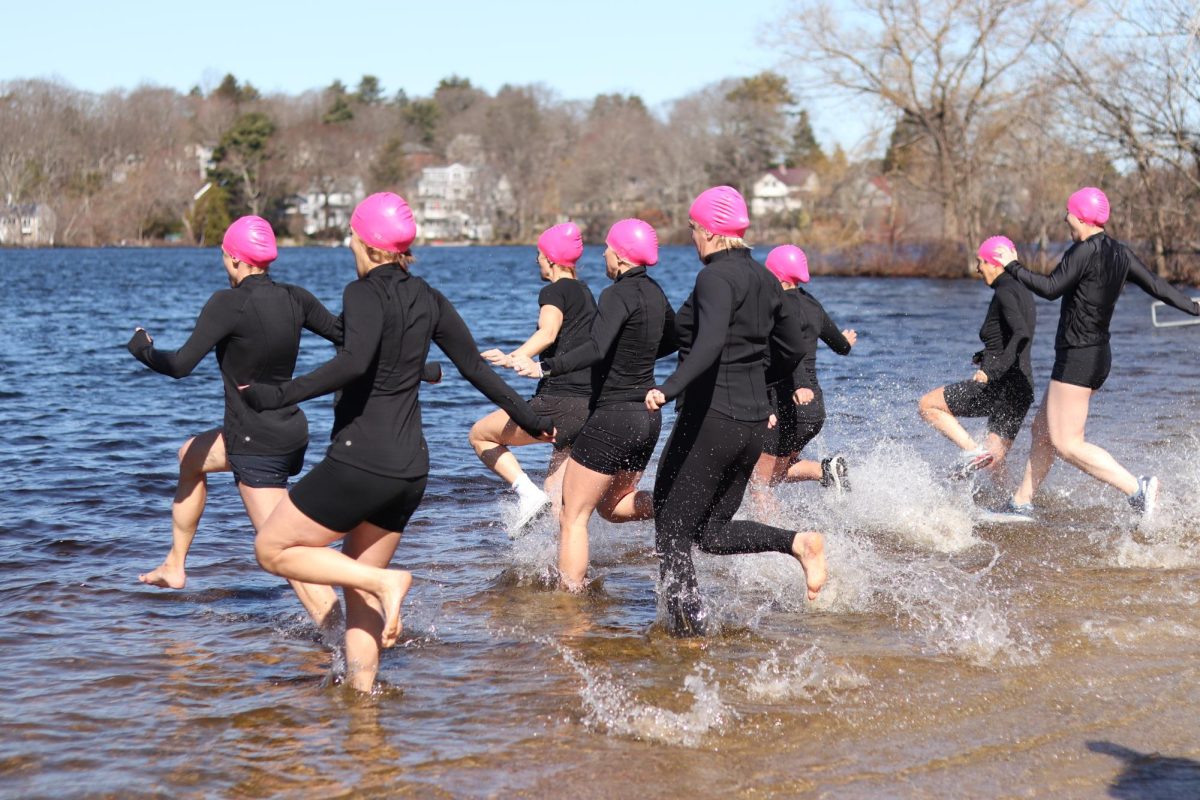
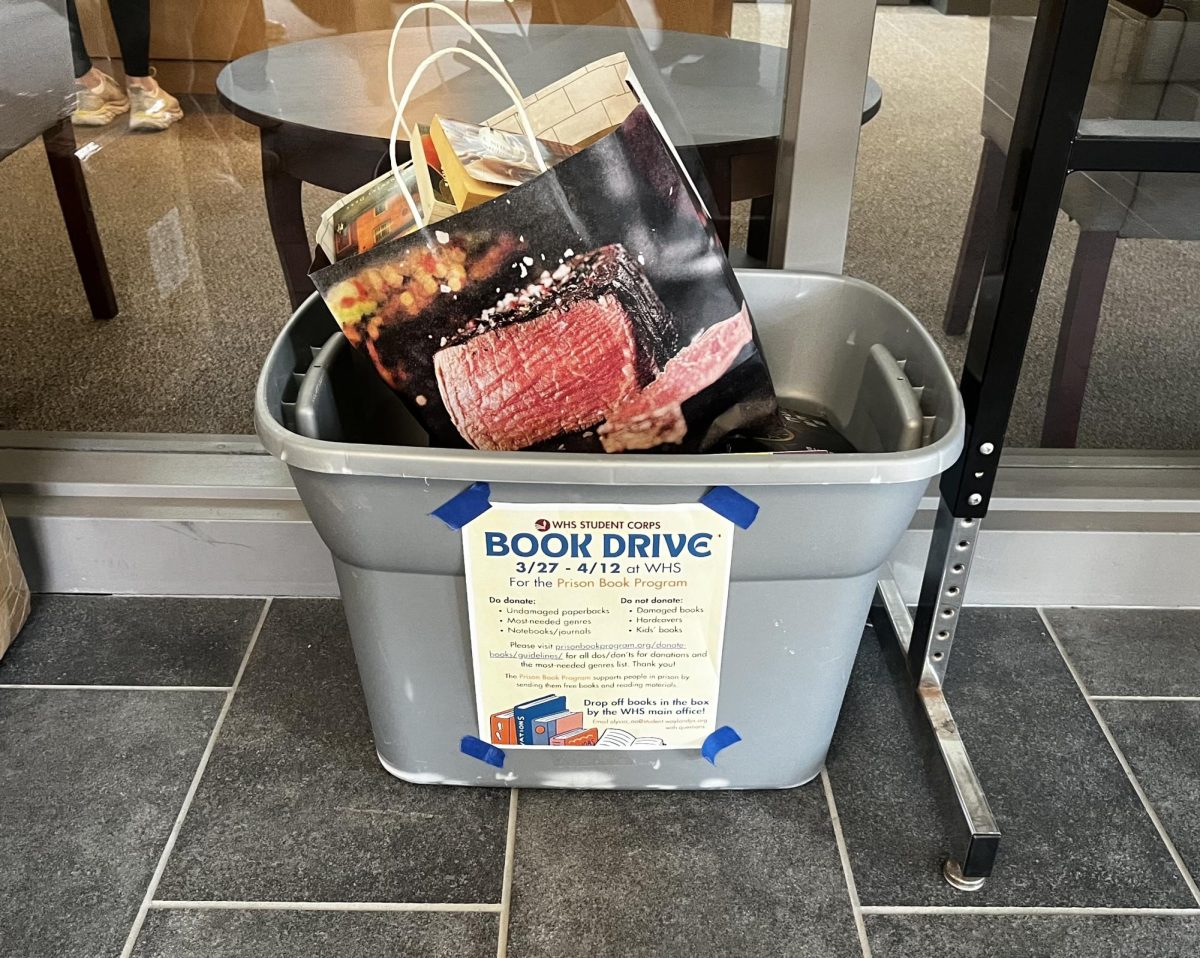

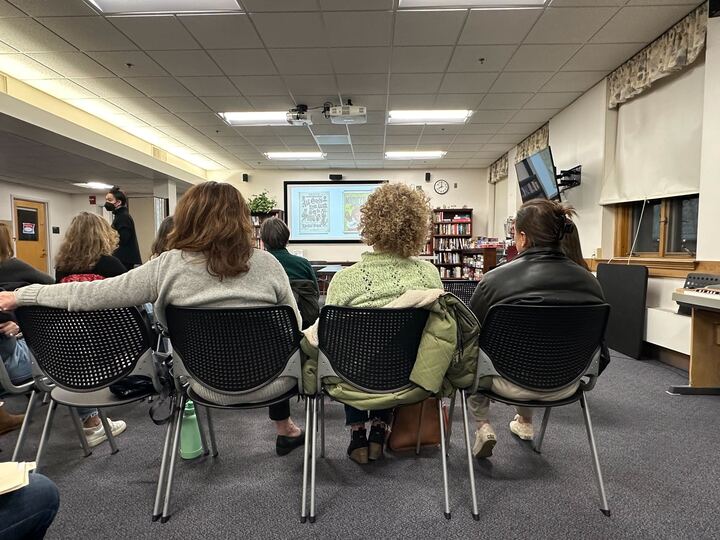

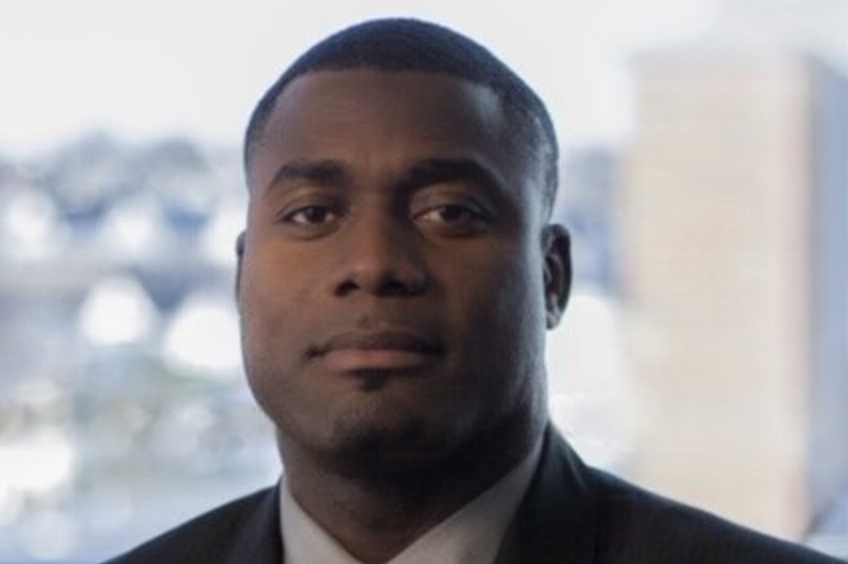
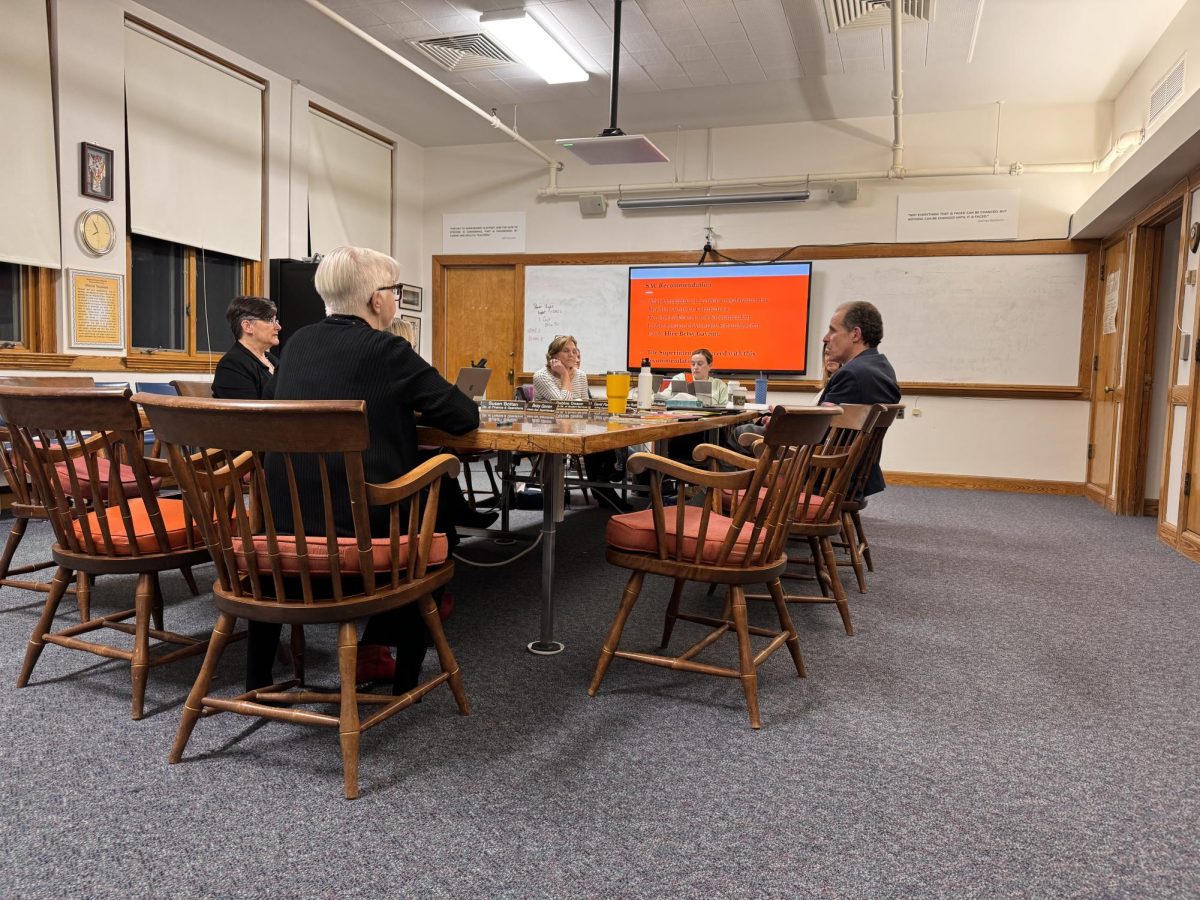
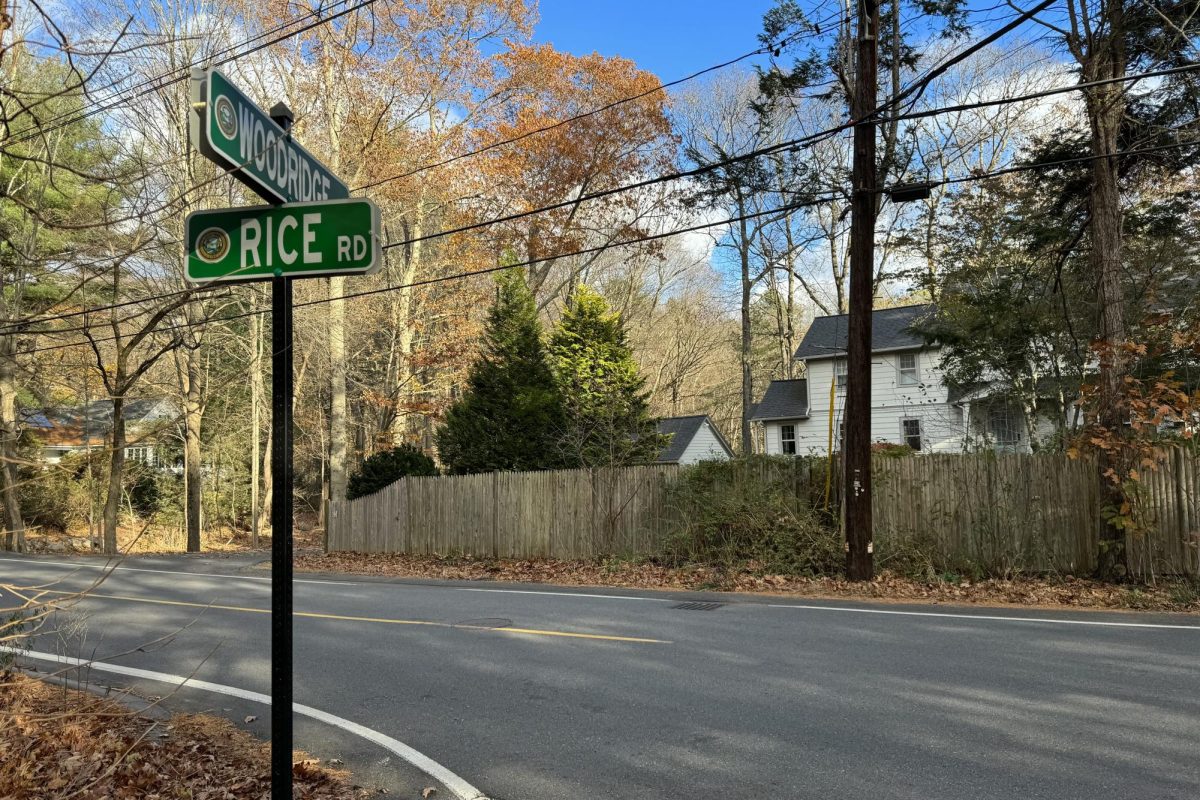
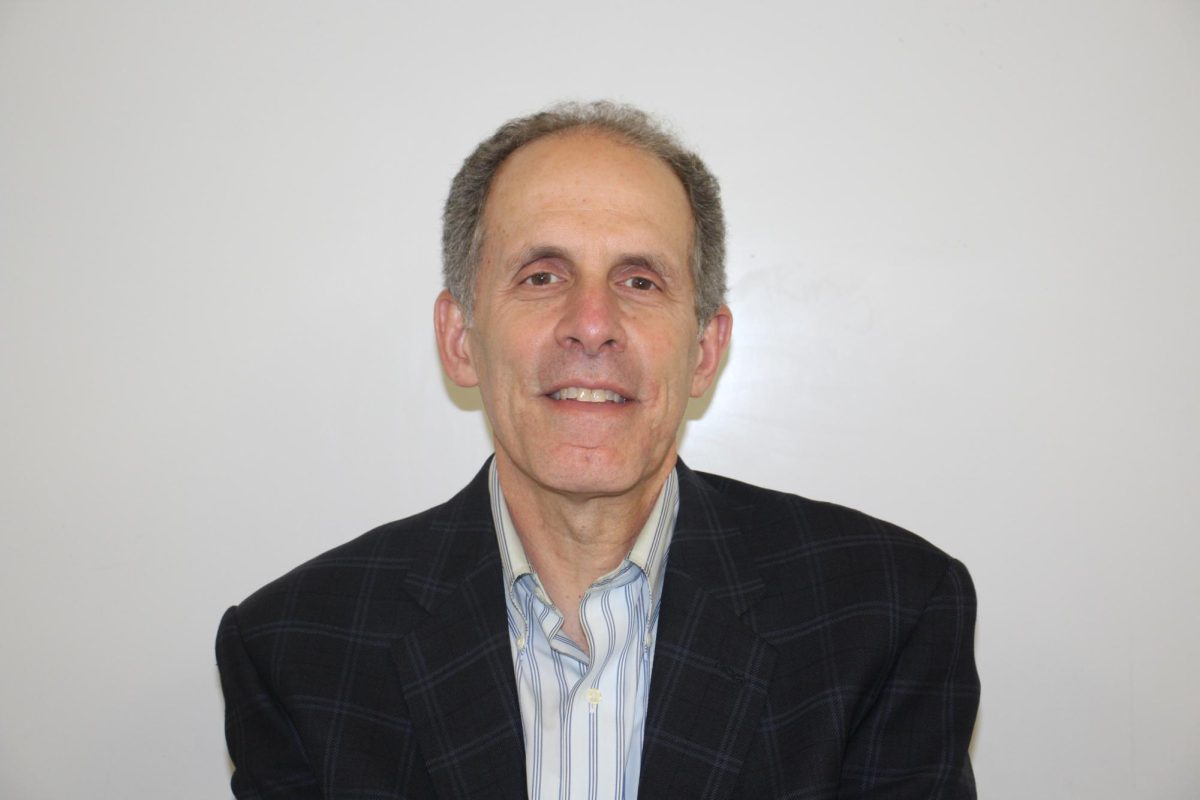


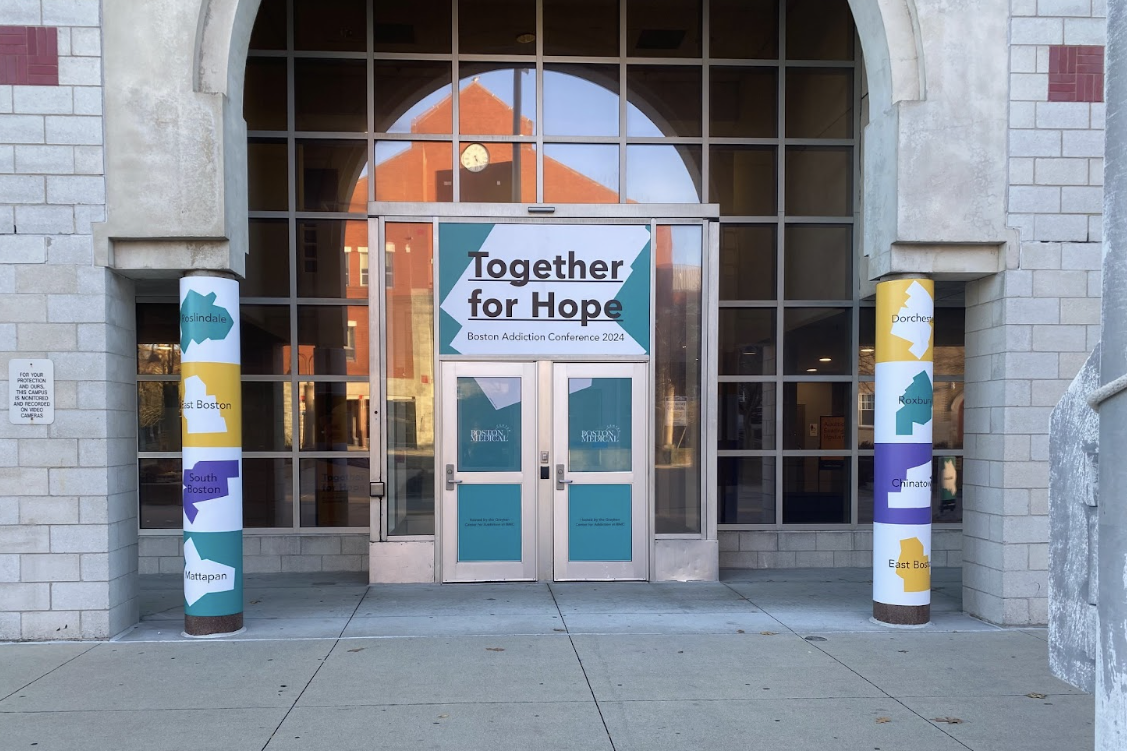


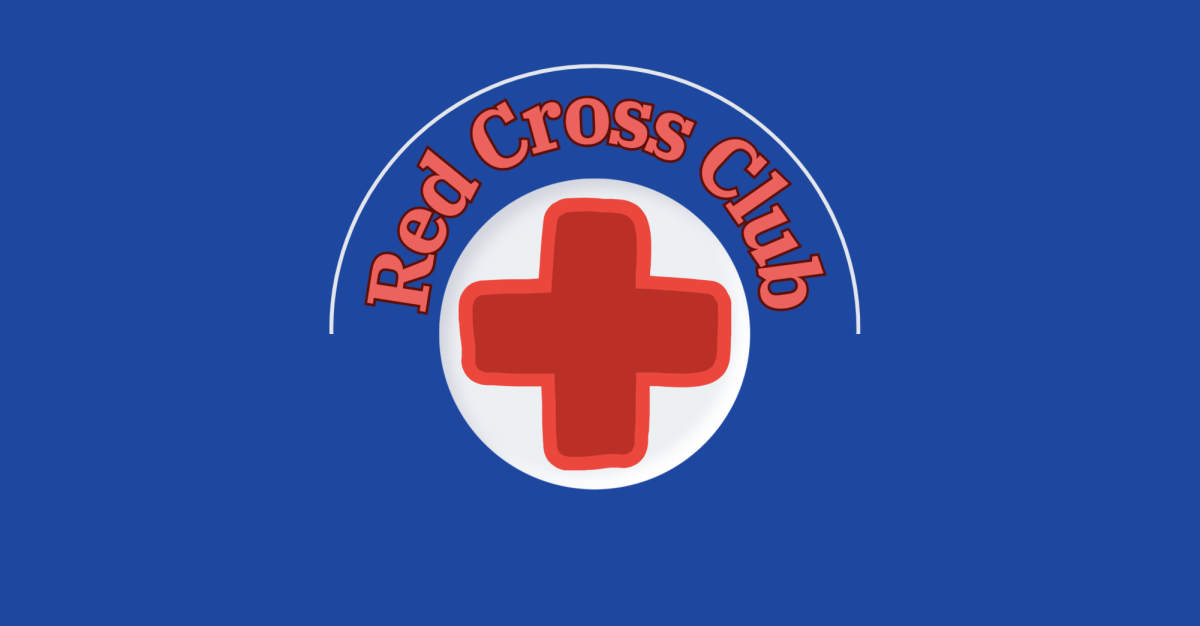


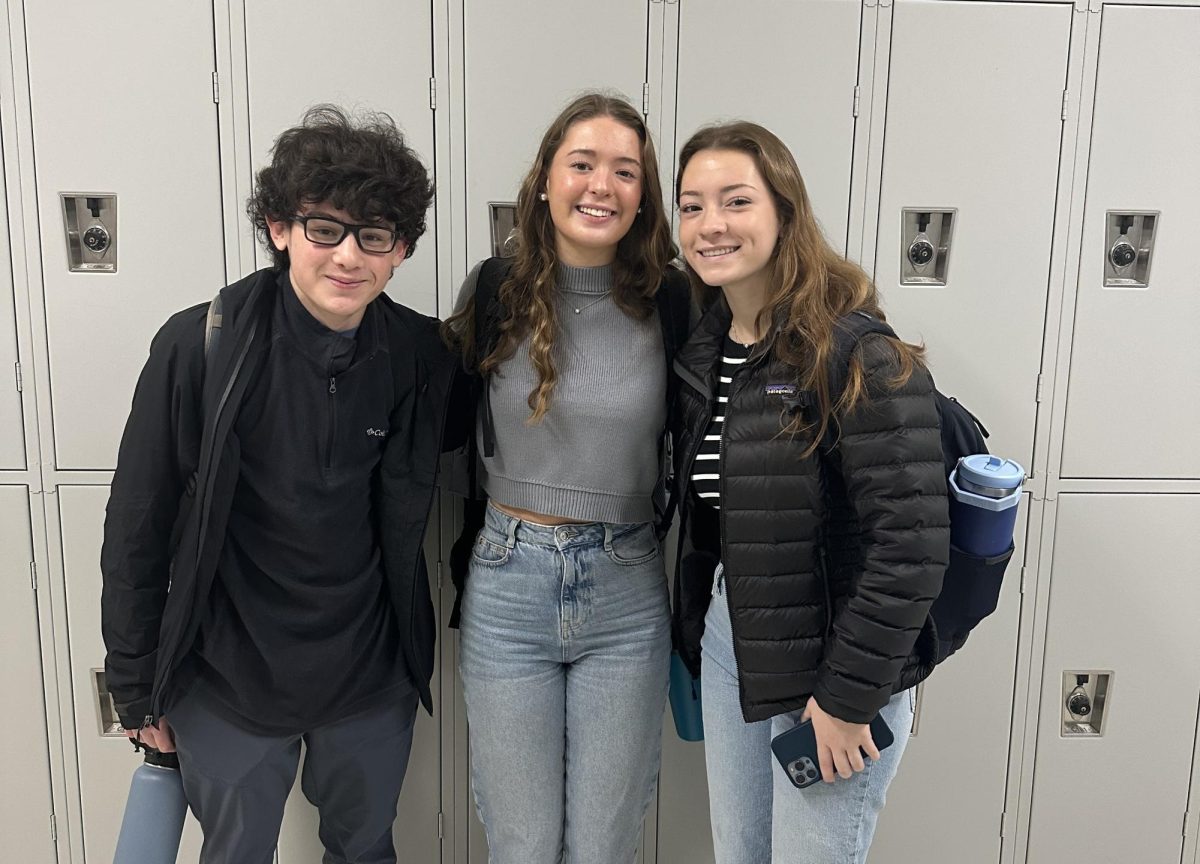

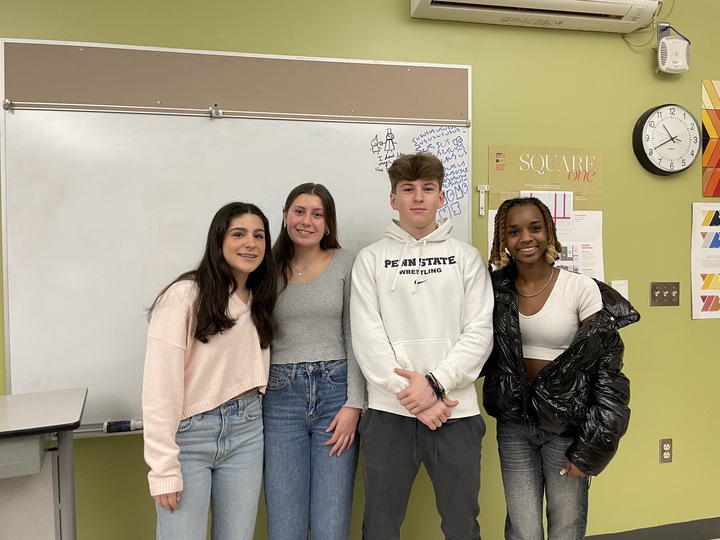

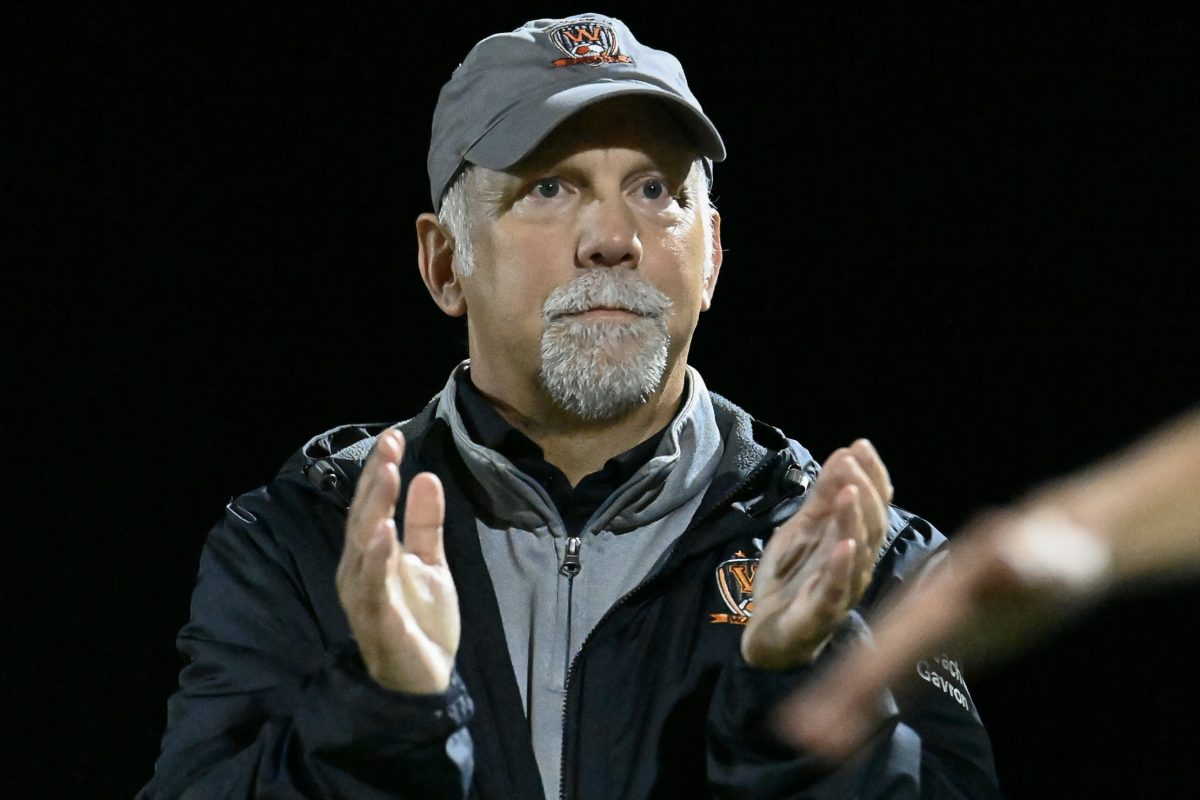
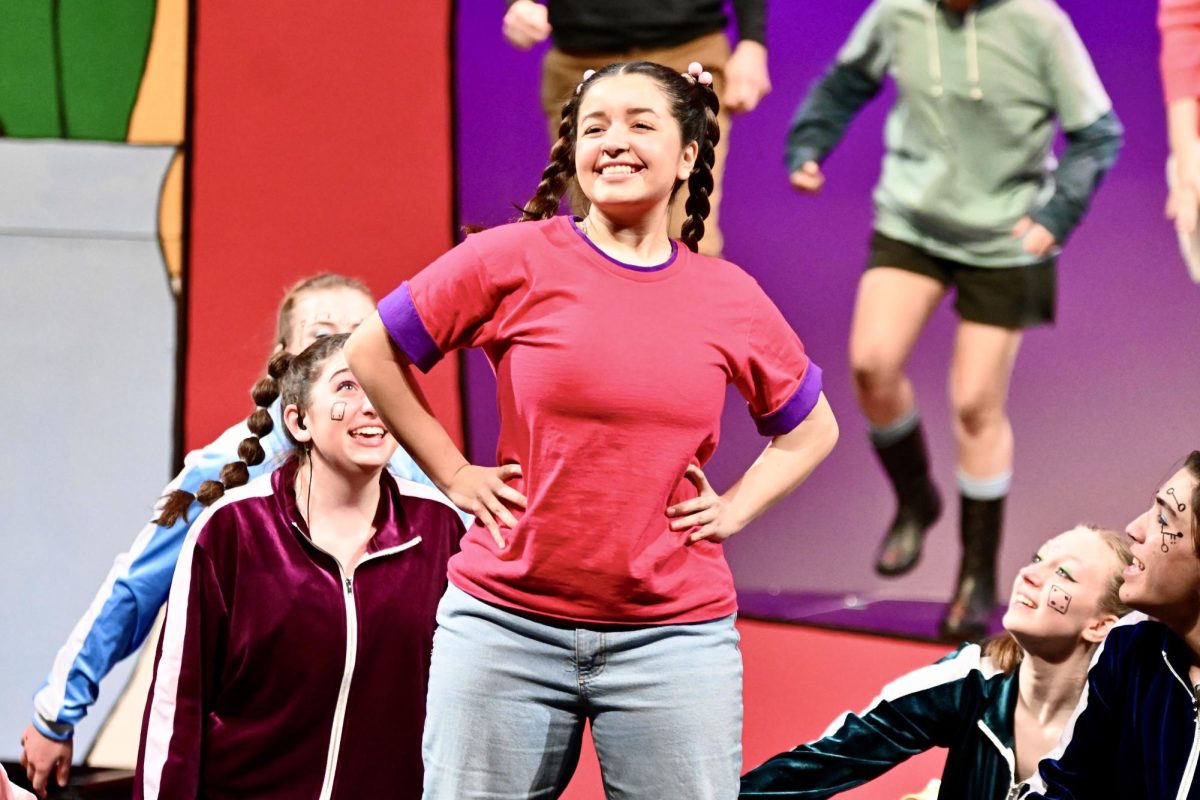

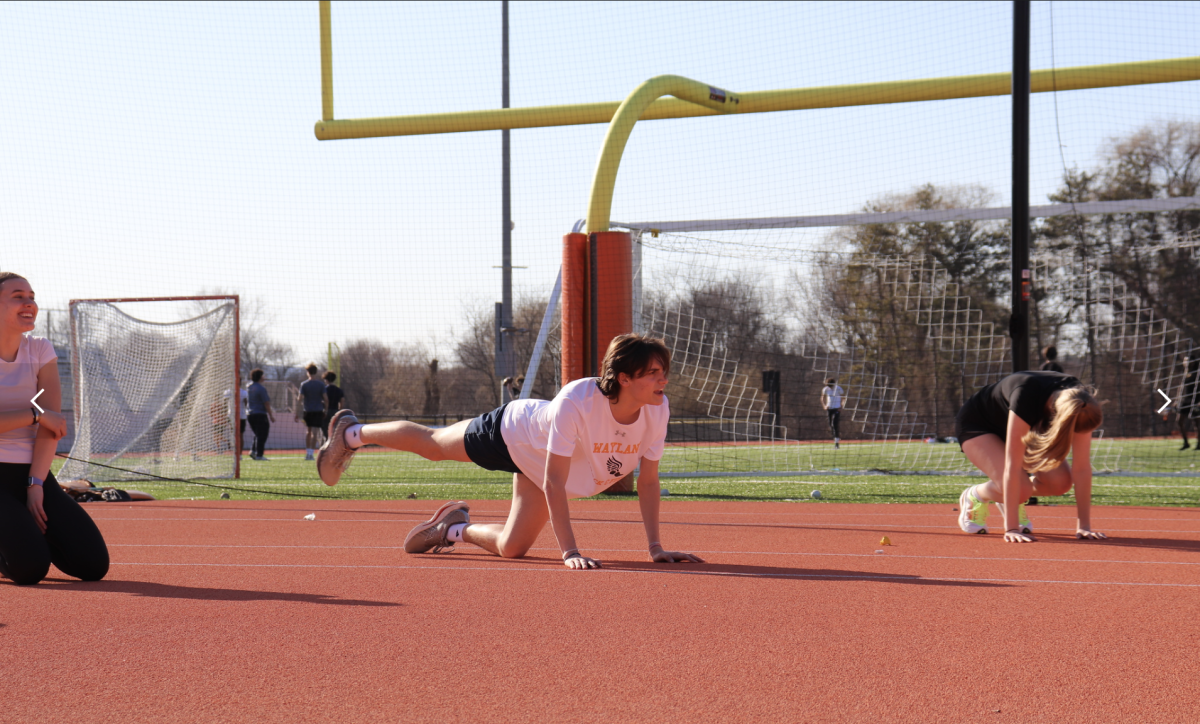


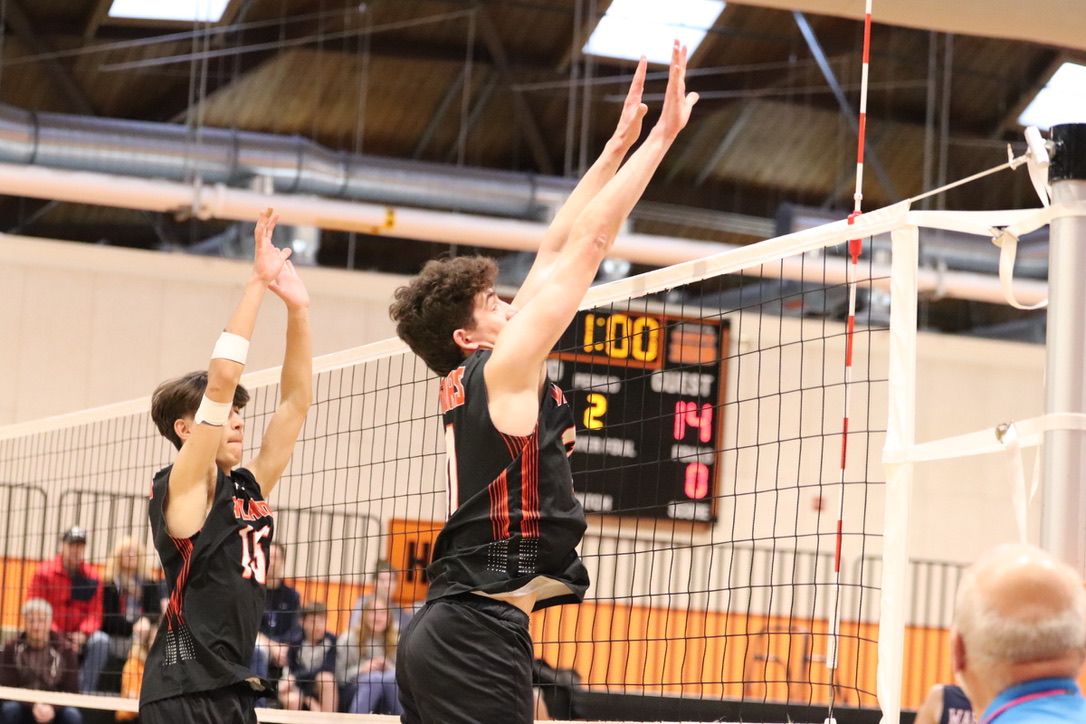
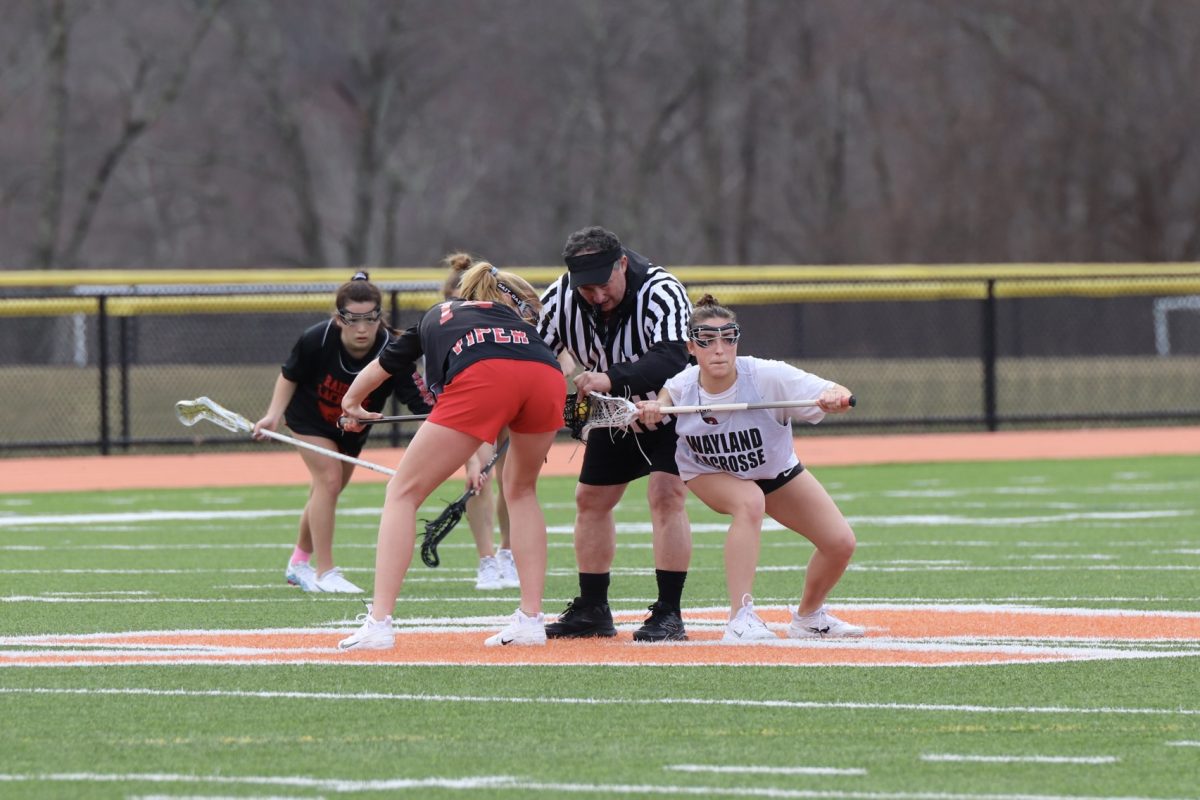
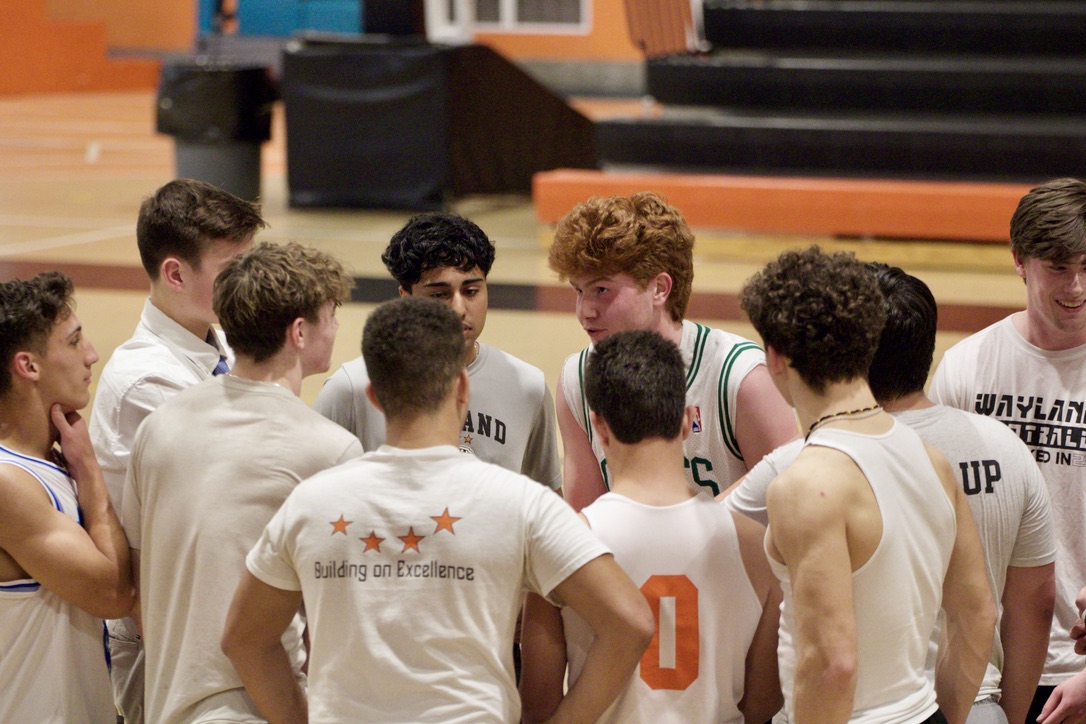
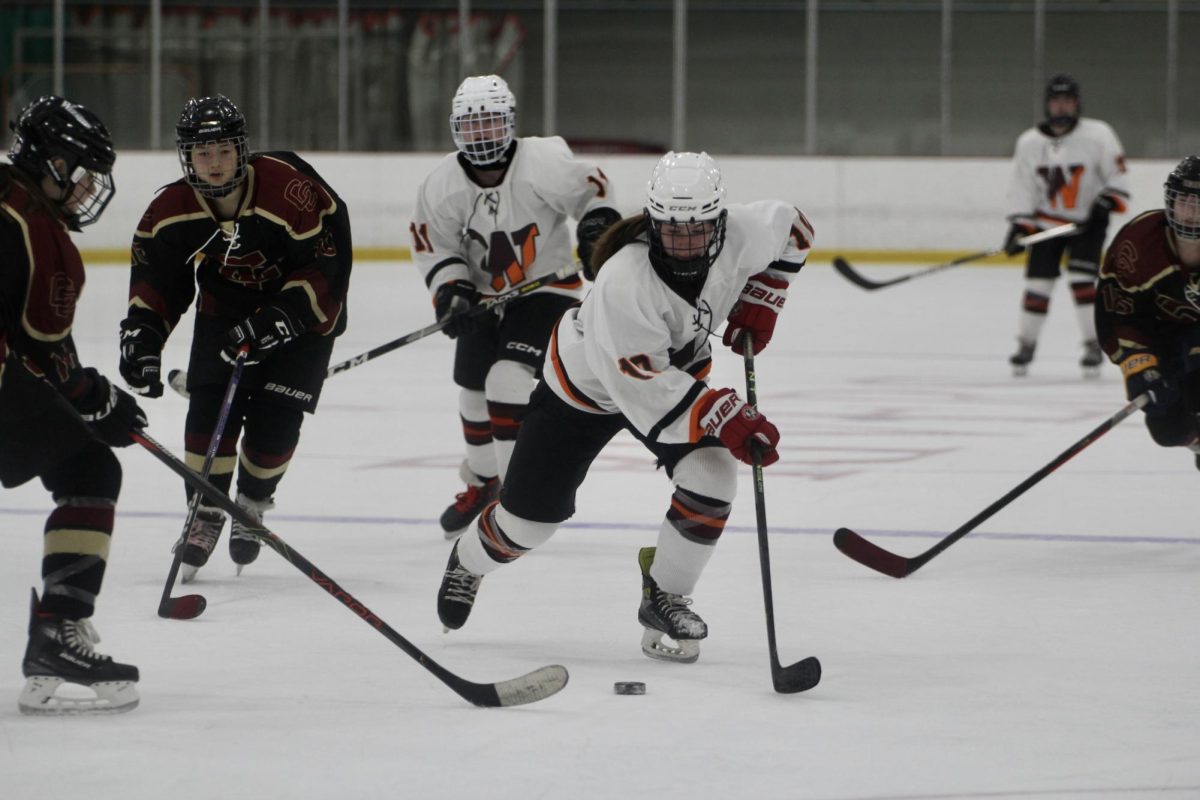
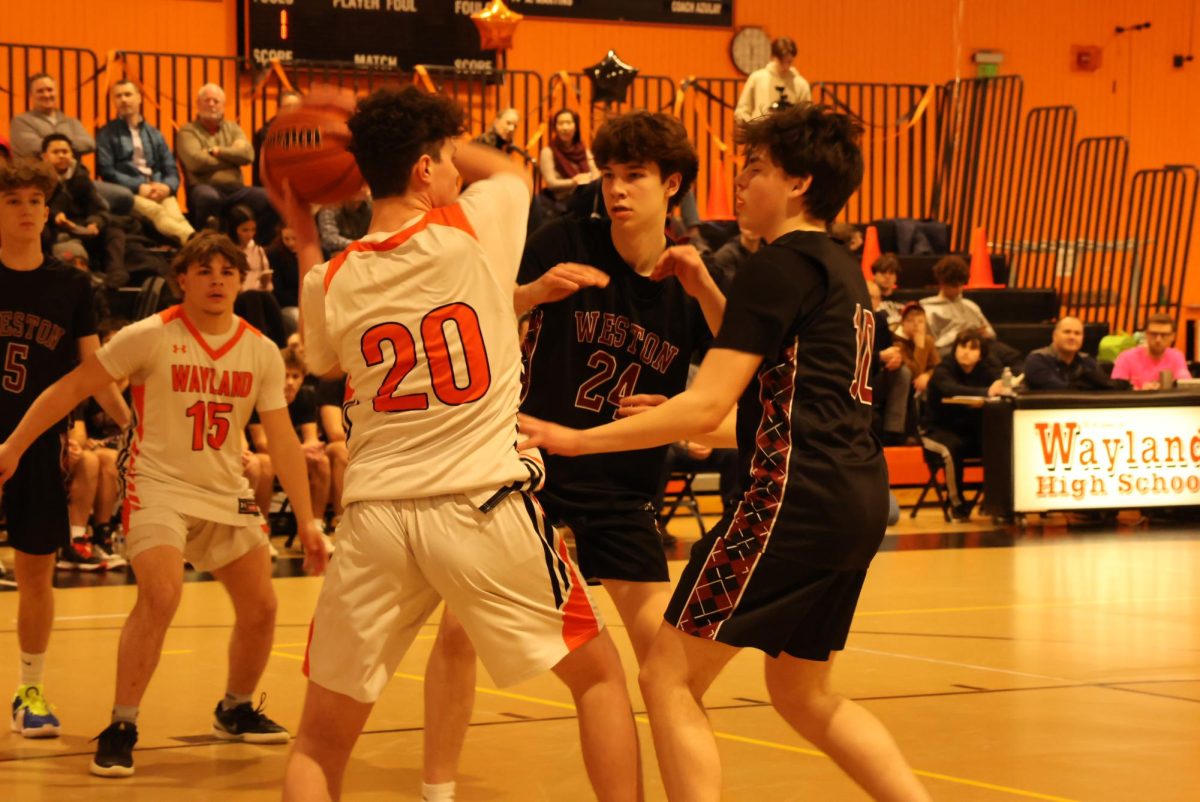



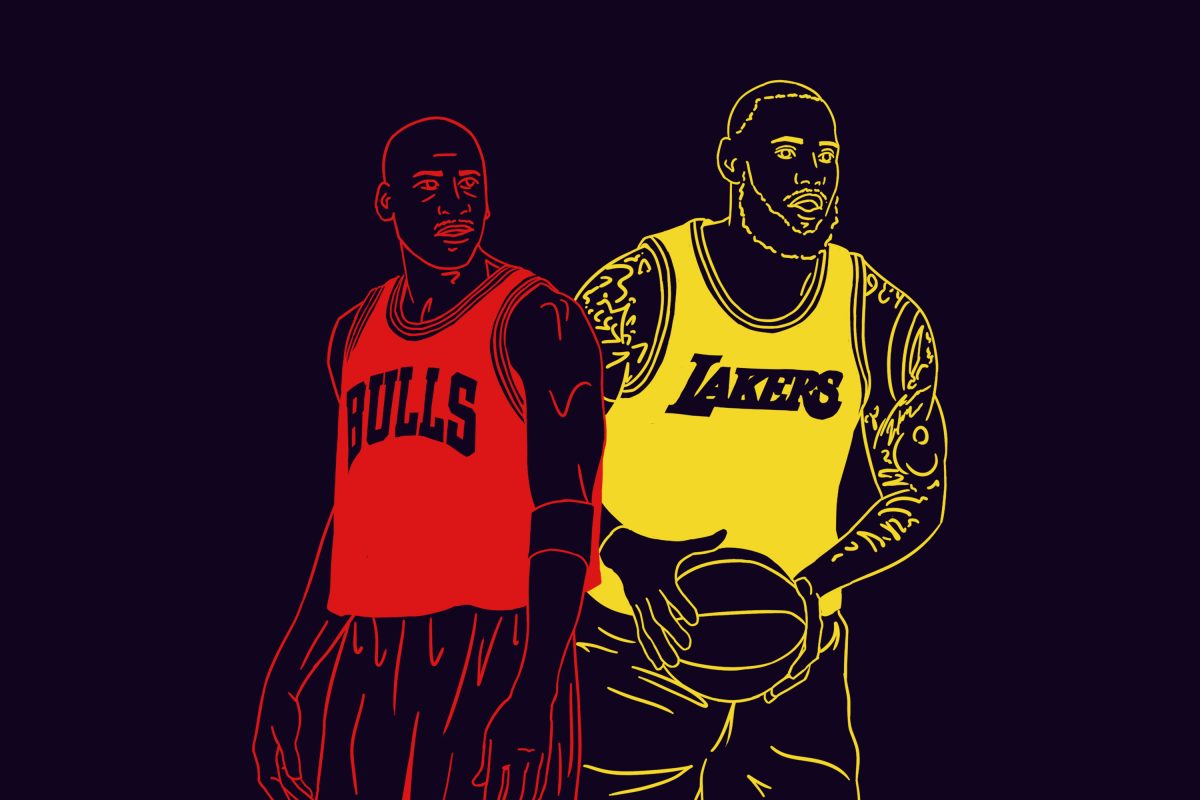



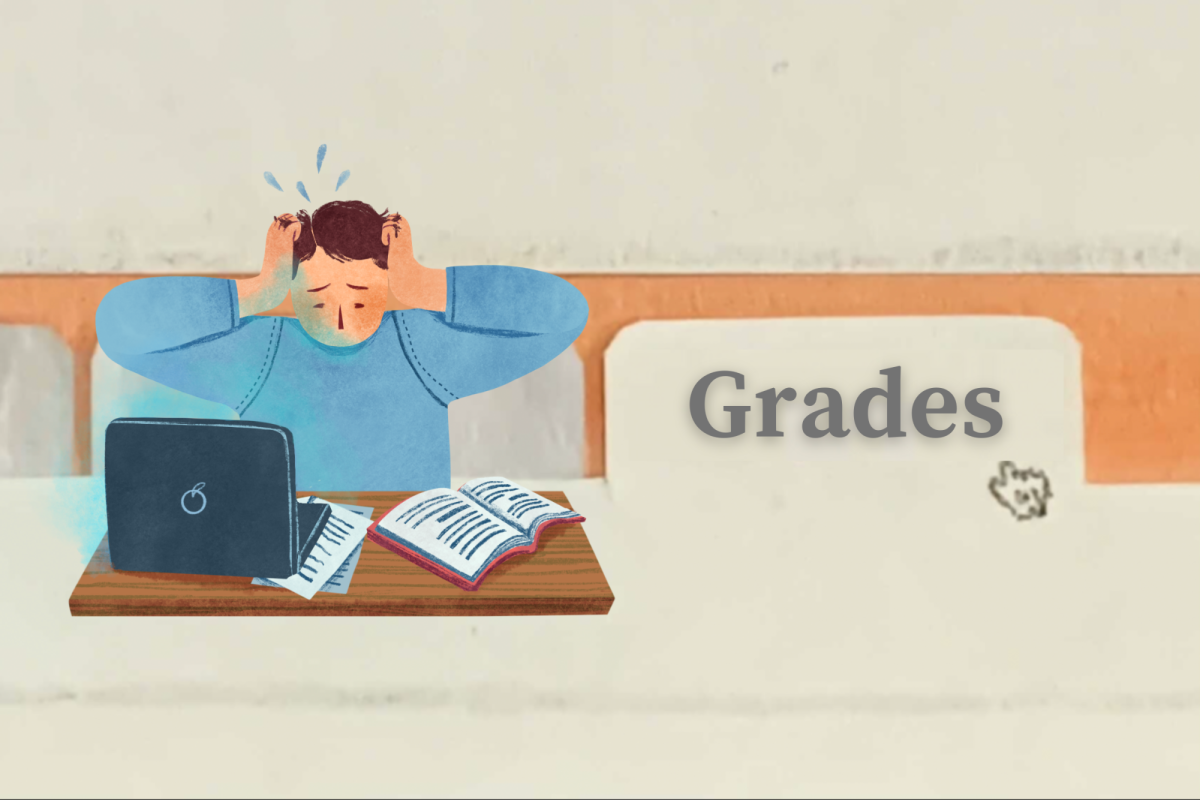

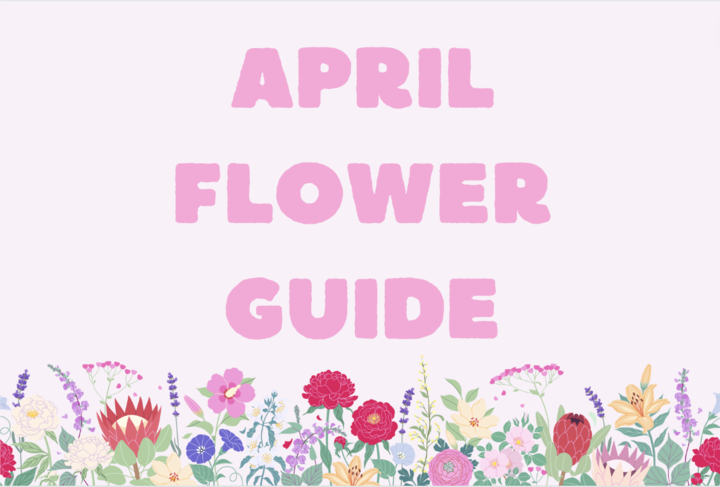
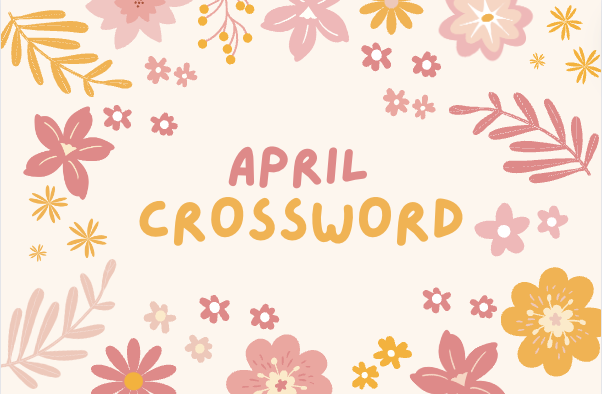

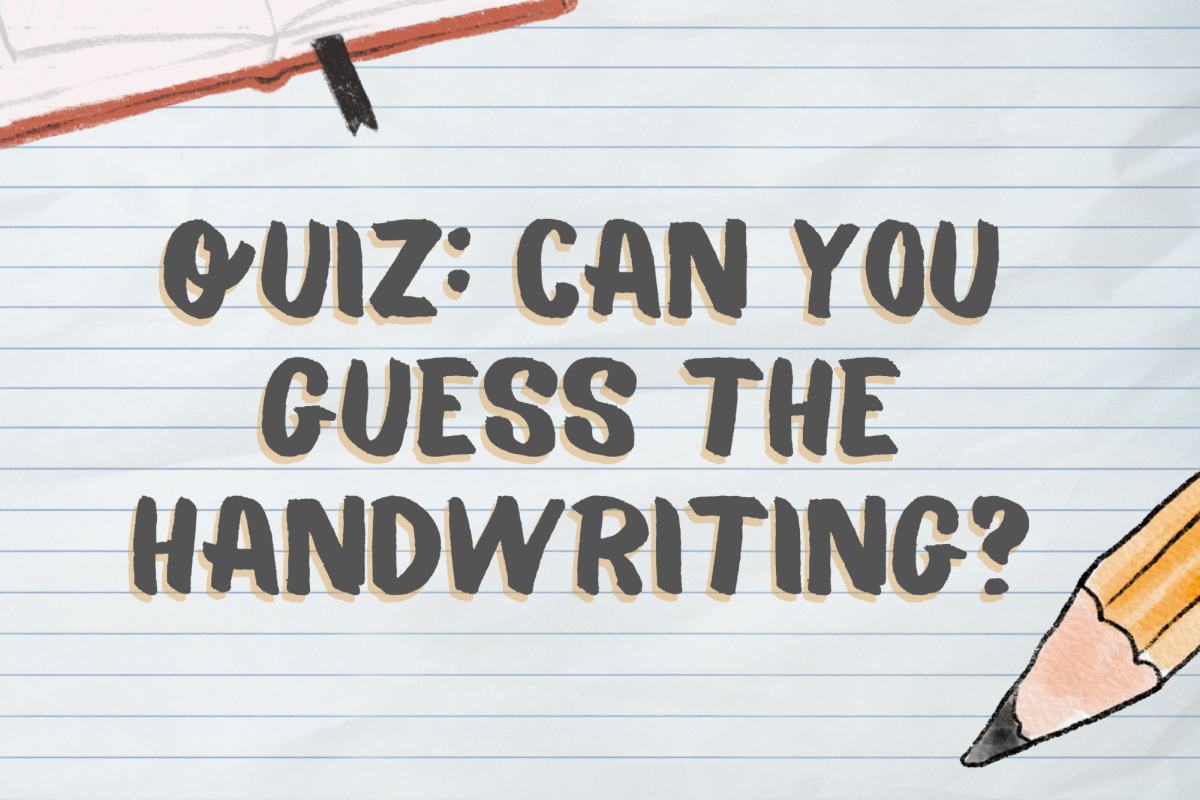
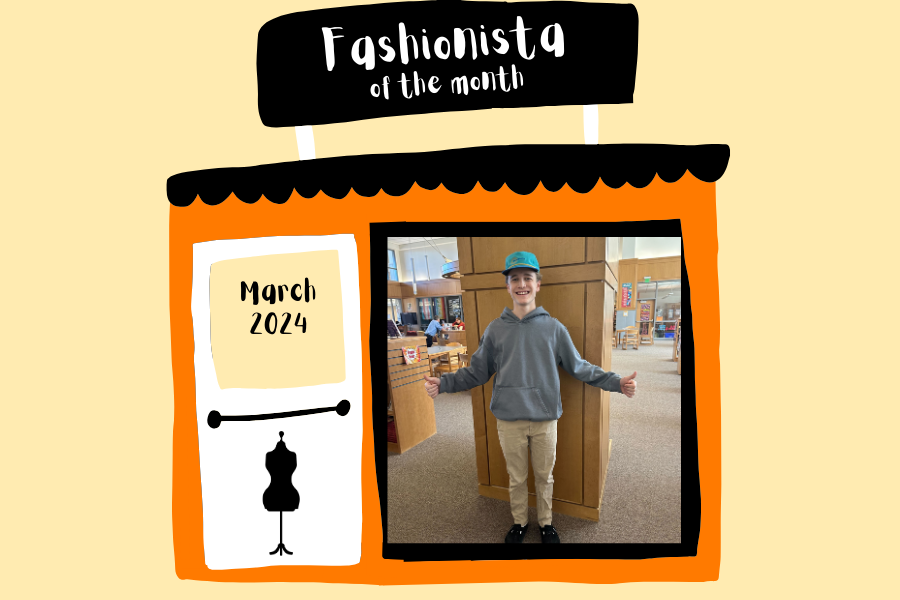



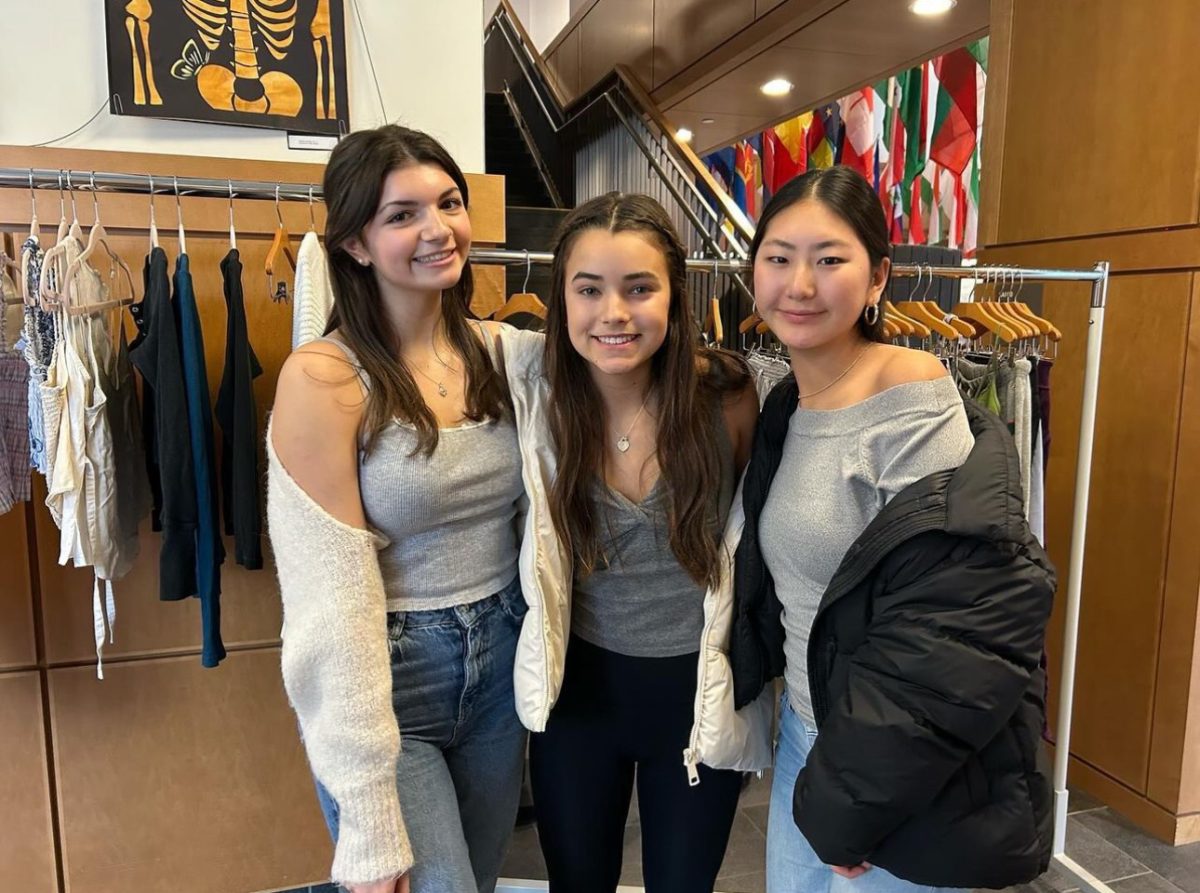
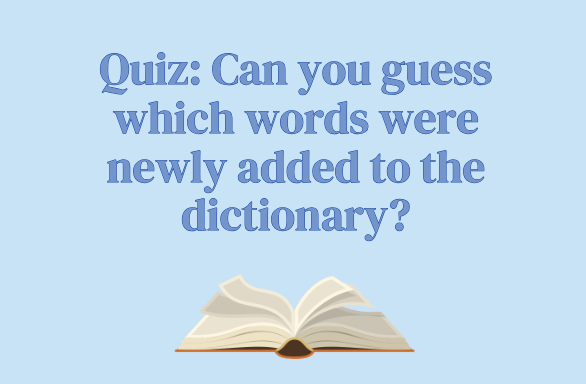

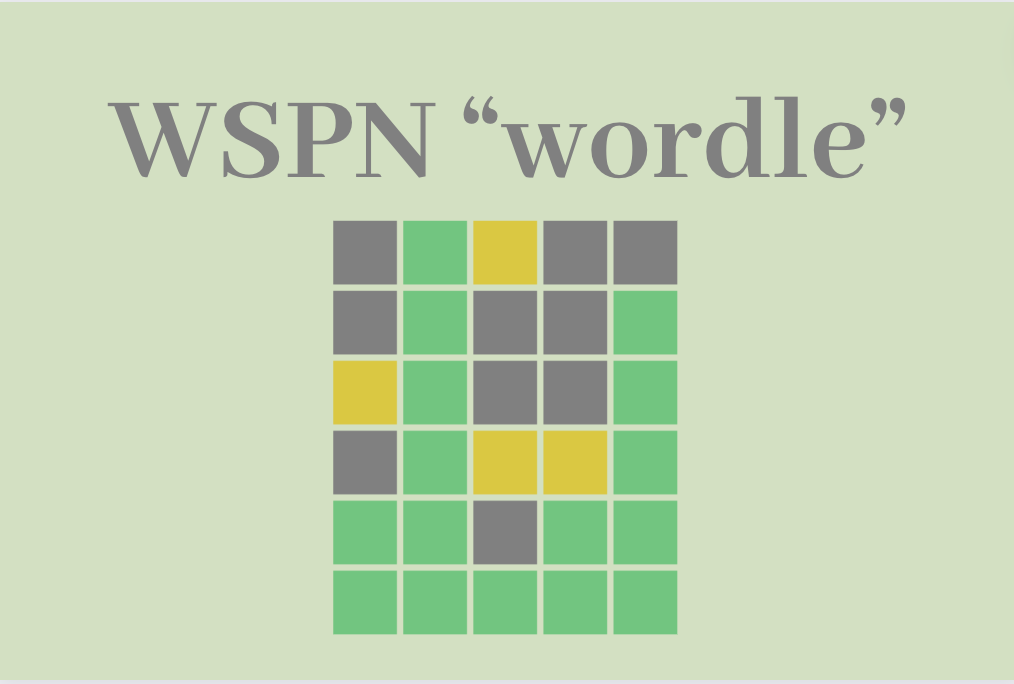




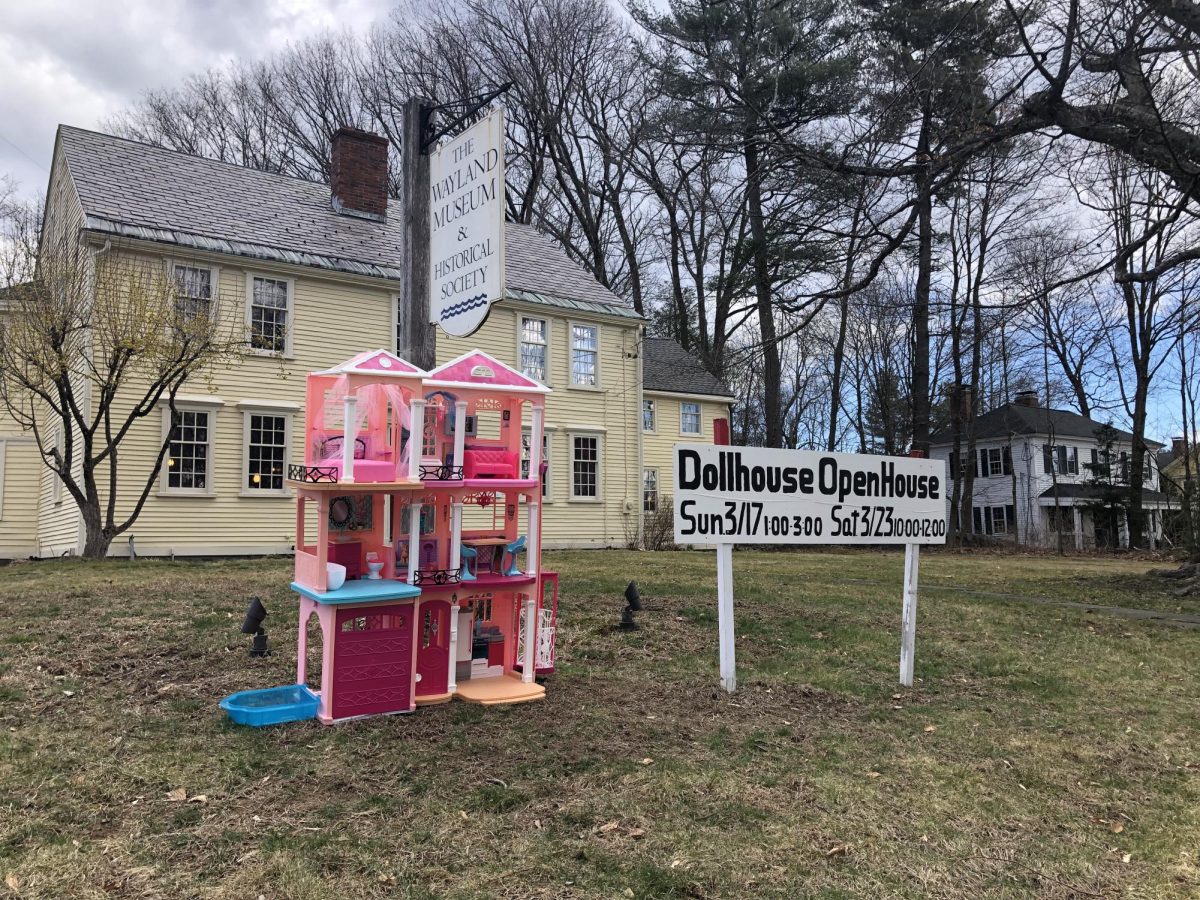
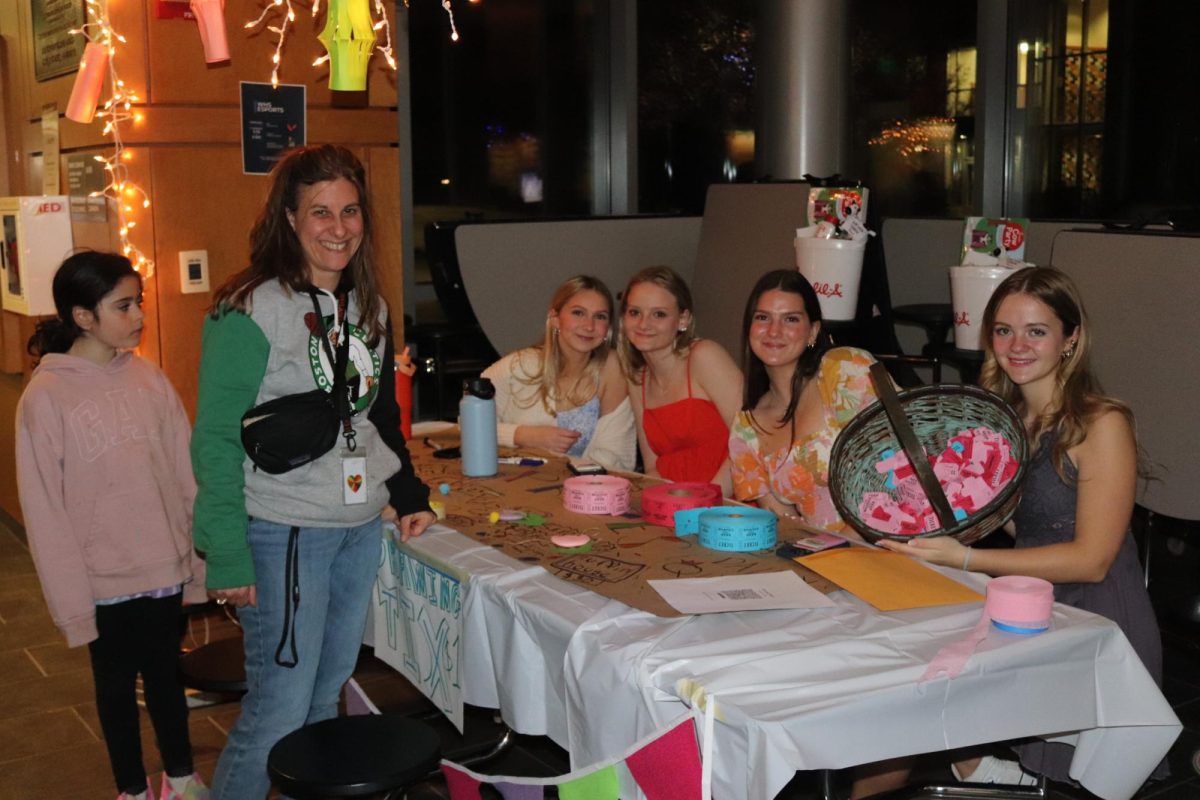

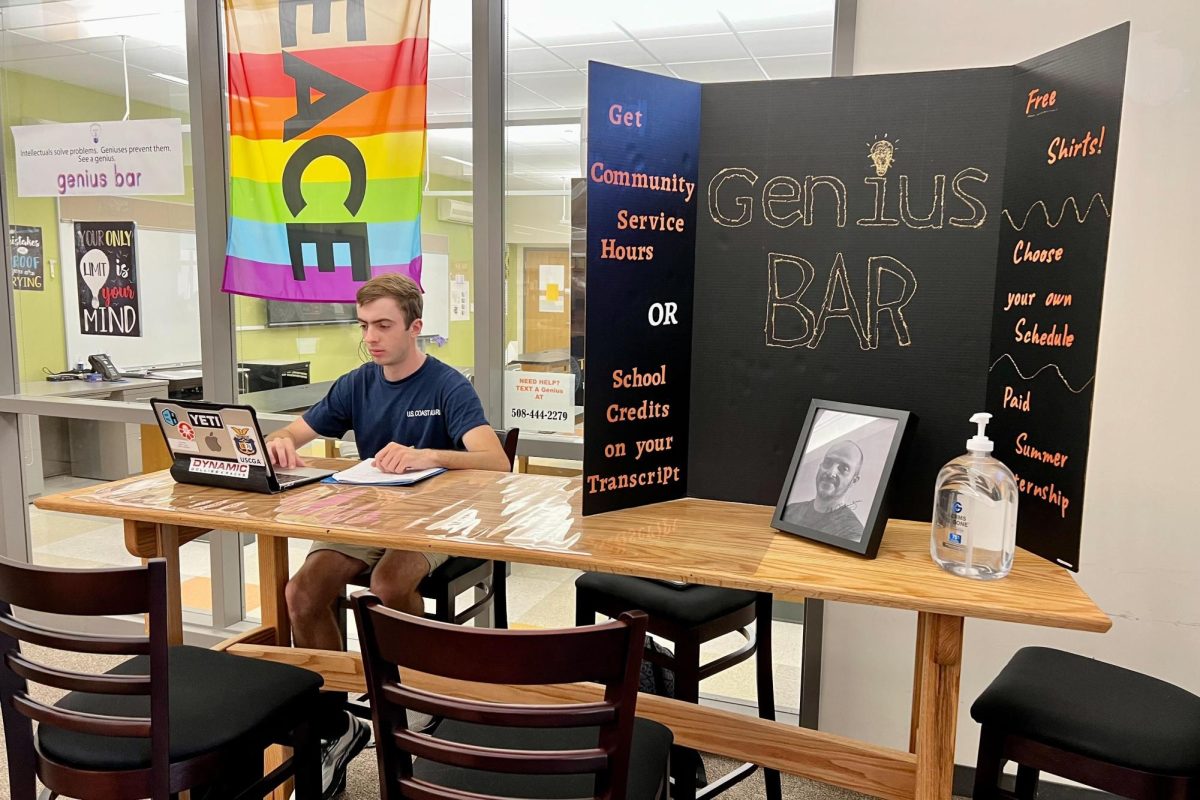
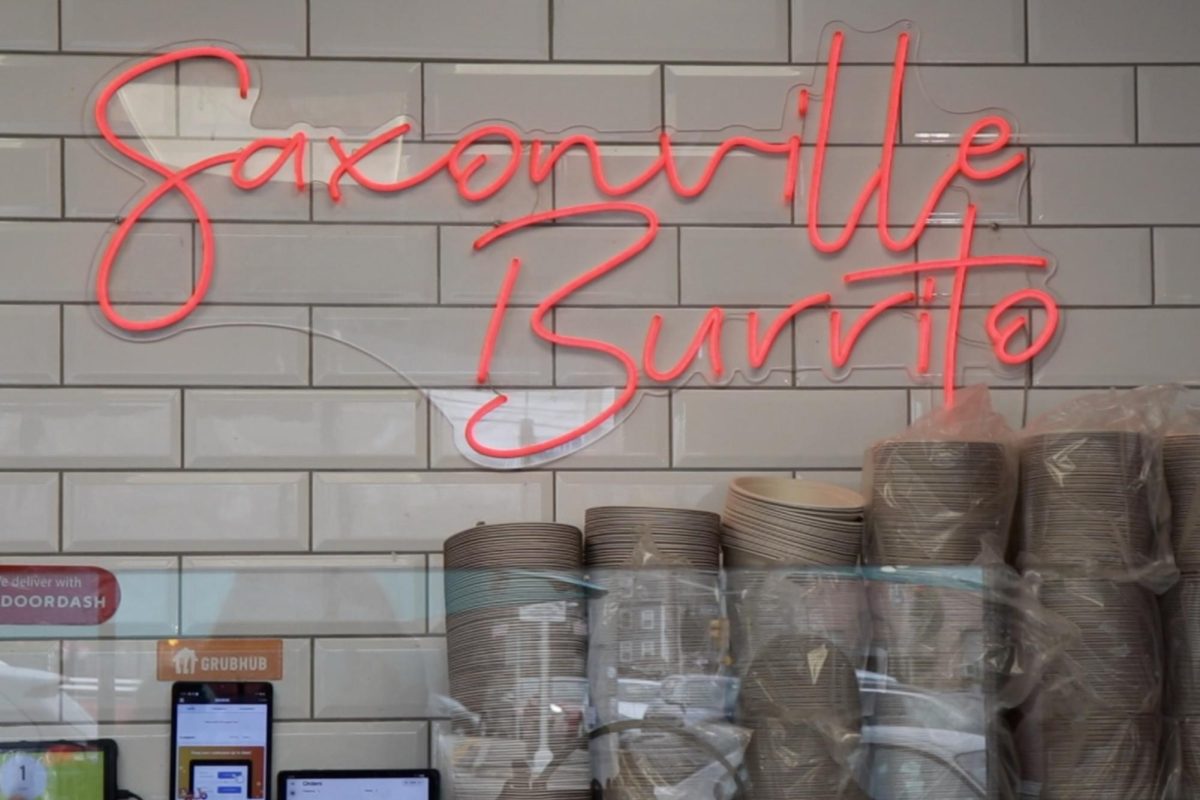
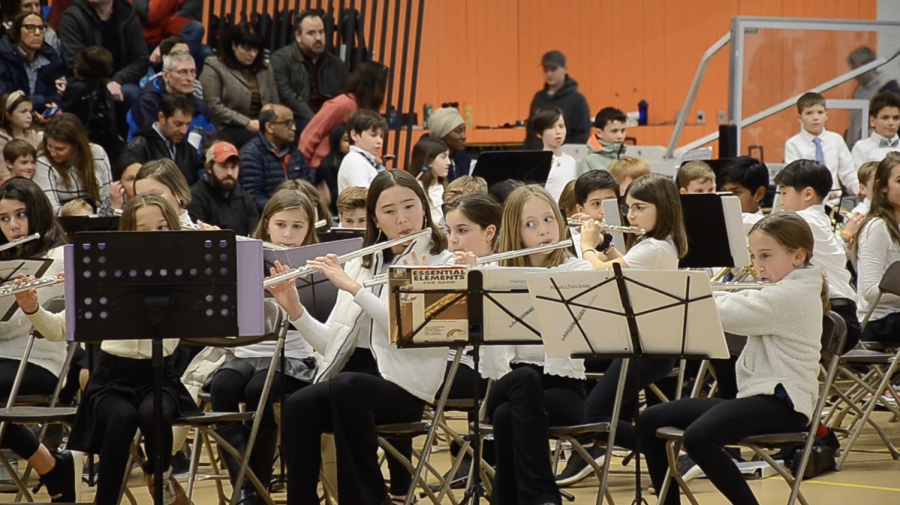














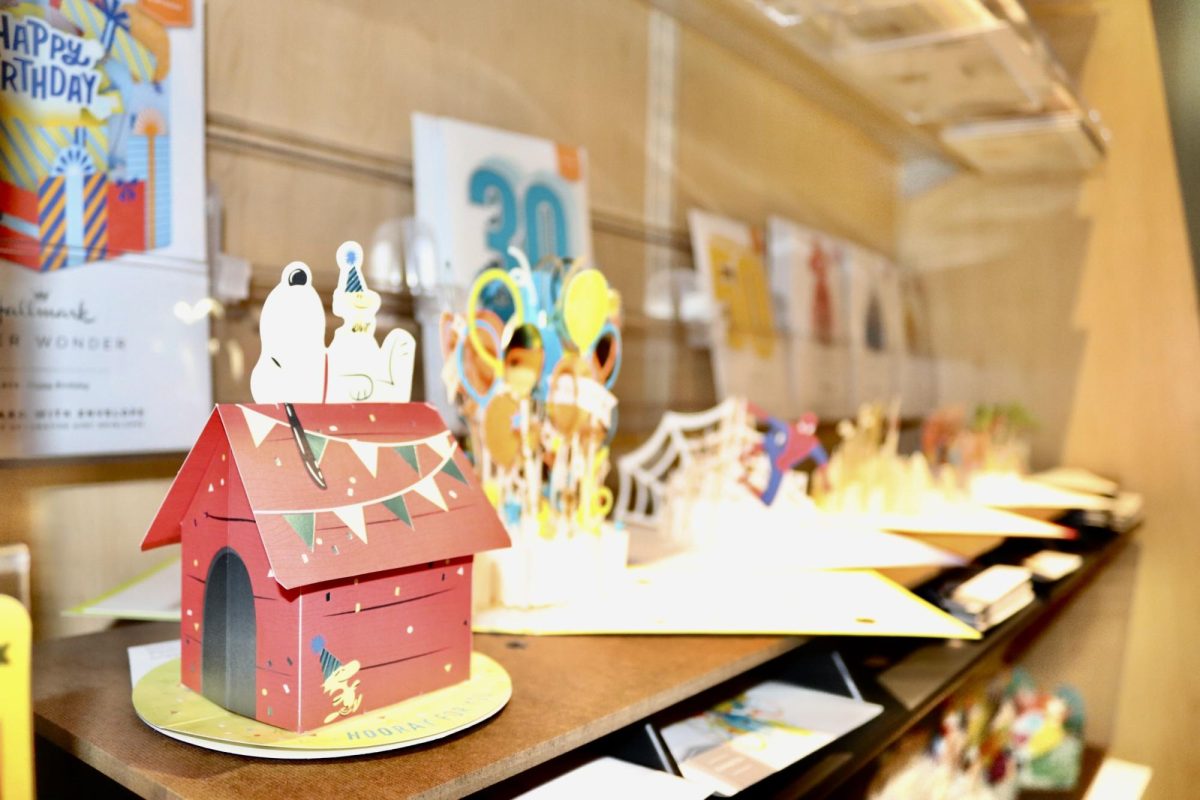
![Seniors Garrett Batt, Tom White, Emmanuel Nzaramba and Jack Calverley work together in preparation for the Spring Fling. “We decided to host this because March is kind of a slow month [in which] there’s not really that much happening, so I just thought it would be fun to put pep back into everyone so people could look forward to something this month,” senior Delcie Peter said.](https://waylandstudentpress.com/wp-content/uploads/2024/03/Screenshot-2024-03-20-at-10.28.14-PM-1200x832.png)
